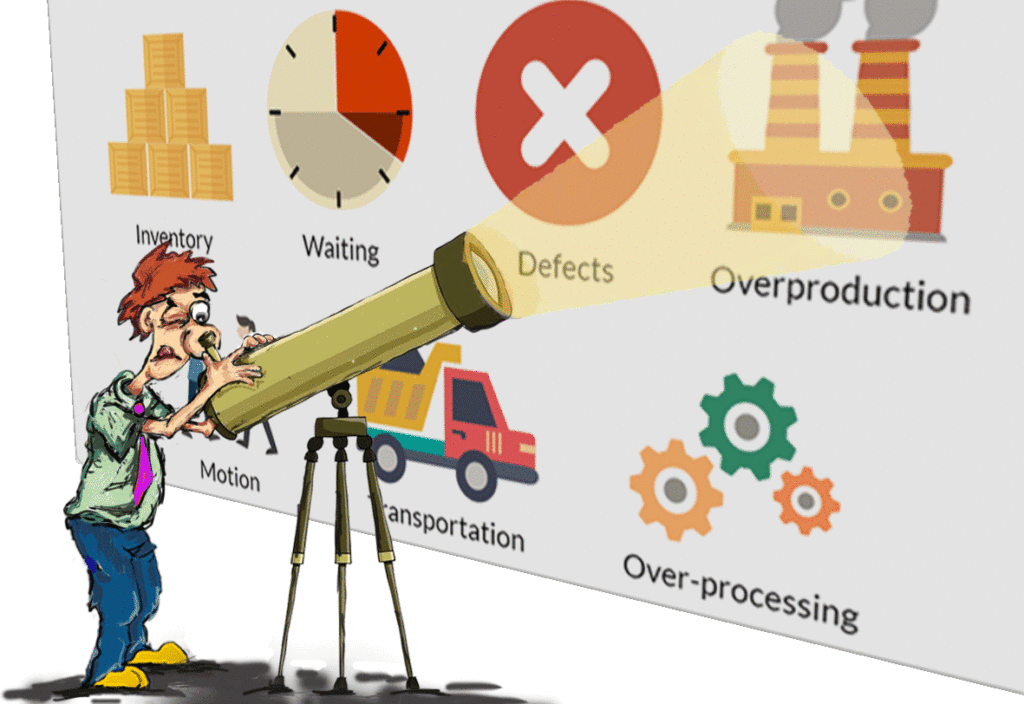
“If you define the problem correctly, you almost have the solution.” – Steve Jobs
2020 has been a year full of unforeseen challenges. We have all been forced to change the way we live and the way we do business.
JIPL can help you navigate the challenges ahead. We can help you optimise your processes, improve productivity, and reduce waste to ensure the best outcomes and minimise your operating costs.
There have been many changes in industry over the years, evolving from craft to mass production. Before the middle of the 20th century, hallmarks of mass production were large amounts of inventory, thousands of low-skilled assembly line workers, and a great deal of waste. In the middle of the 20th century, Toyota pioneered lean manufacturing through the application of the work of Dr Edward Deming. This forged a new way to think about manufacturing combined with a specific production strategy that would forever change the way businesses think about their products, their processes, their employees, and their customers.
Lean manufacturing optimises manufacturing and therefore increases profit. At its core, the lean philosophy is about minimizing waste while maximizing customer value. The principles and practices of lean manufacturing apply for all kinds of businesses, regardless of whether they sell goods or provide services. We can all benefit from adopting the lean efficiency philosophy.
Optimizing process to eliminate waste is crucial for the success of your company. JIPL has specialist knowledge and experience of Lean and can guide you through the necessary steps.
Recognising and eliminating the 7 types of waste is necessary for cost reduction and optimizing resources.
What Is Lean Waste?
Waste in Lean is any activity that consumes resources but brings no value to the end customer.
The 7 Wastes of Lean
Wasteful activities can lower profitability, increase customer costs, decrease quality, and even employee satisfaction. For this reason, we need to identify the non-value adding activities and try to improve the process where they appear or ultimately eliminate them.
Identifying wasteful activities is something that should start from the top of the company. Usually in companies, high-level management has a broad overview of all processes and it is their obligation to improve processes and spread a culture of continuous improvement.
We will regularly feature a new Lean waste in our newsletters and touch on how your company can manage cost and perfect processes.
This week we will cover the first Lean Waste
The Waste of Transport
Reducing the time it takes to make a product from start to finish can significantly improve the business. Transport is the movement of products from one location to another and is a major waste that can easily be attacked, as it adds no value to the process. For example, if a part needs trimming when it comes out of a mould you would not send it to the other side of the factory but instead do it there and then. Eliminating transport waste can facilitate savings in multiple areas across business.
Costs of the Waste of Transport:
The waste of transport causes companies to haemorrhage money at an alarming rate; you have to pay for material handling equipment, staff to operate it, training, safety precautions, extra space for the movement of material and the extra cost WIP (Work In Progress). The list goes on! Transportation often leads to operations having to wait for the product to be delivered due to delays (the waste of waiting), thus costing you more money as well as extending your lead times and creating delivery problems.
How to Eliminate or Reduce Transportation Waste
There are ways to reduce these wastes – Layout can be changed as per lean manufacturing principles to eliminate the spaces between operations. Through the use of tools such as process mapping and value stream mapping the factory layout can be improved to give huge savings in time and money, often with little cost involved relative to the resulting savings.
Let JIPL’s experts and specialist knowledge guide you through the ways to help you refine and improve your processes and save you money.
